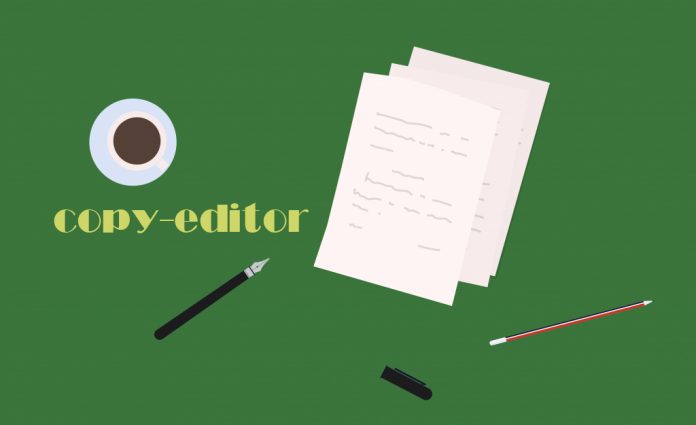Even the best writers make mistakes. The most well-written article will have a grammatical error, and a brilliant novel no doubt will have a character or plot inconsistency. The task of finding these errors before the work goes to print falls to the copyeditor.
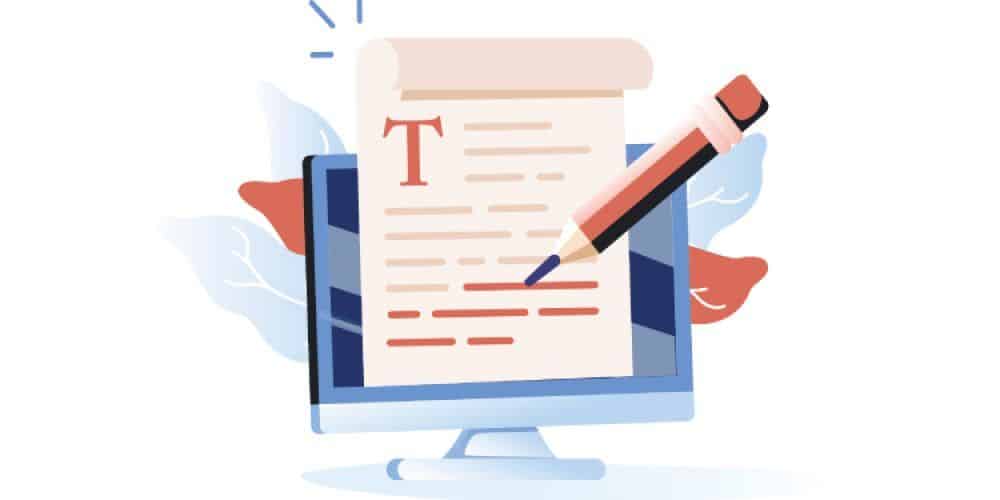
The copyeditor receives material from writers or reporters and polishes each work into publishable form without interfering with the author’s unique style or voice. She can work directly for a publisher of magazines, books, or newspapers in-house or as a freelancer.
The Copyeditor’s Responsibilities
The copyeditor ensures that the text flows well and the text and layout adhere to the publisher’s house style. Finding and correcting errors in punctuation, grammar, and spelling are key responsibilities, but copyediting goes beyond basic proofreading. It also includes checking for style consistencies as well as possibly doing some fact checking for accuracy.
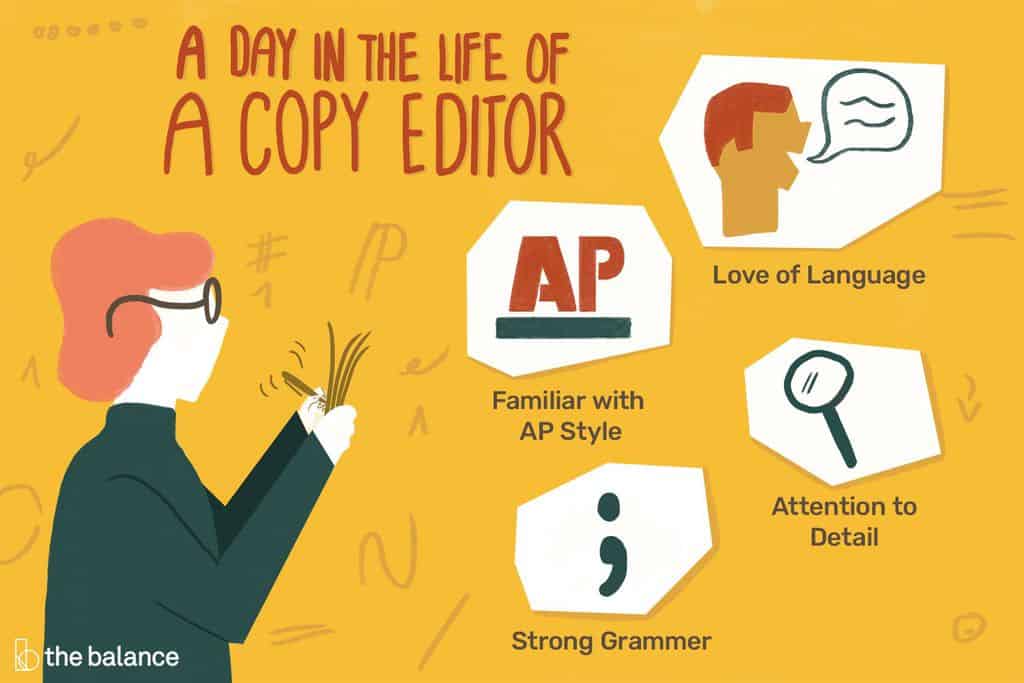
In addition, the copyeditor may also be asked to abridge or trim a text either to fit a certain limit or guideline or to improve the quality of the work. This may involve omitting text or possibly rewriting portions of the document to accommodate details removed in the trimming process. For some publications, the copyeditor is the only person after the author to read the text in its entirety before it goes to print, so clearly her job is crucial.
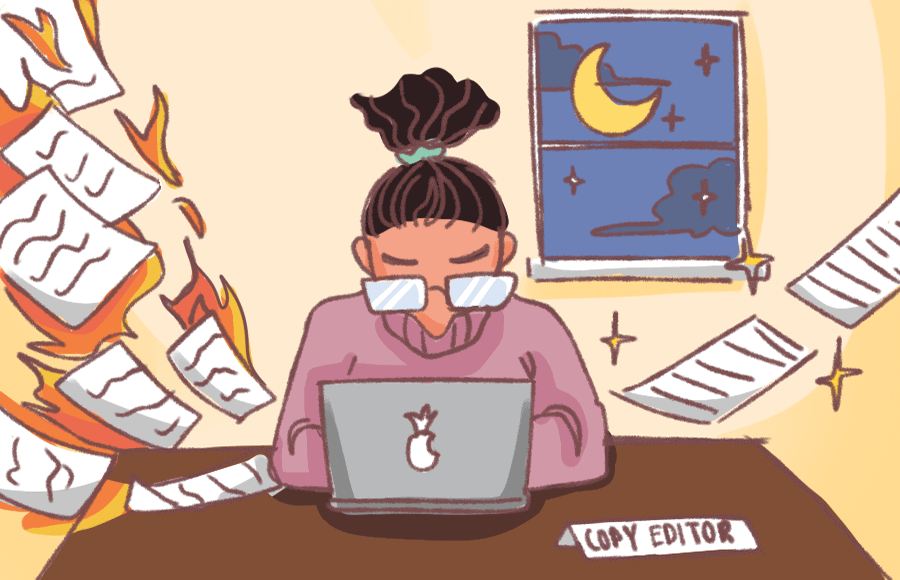
Other than the expected editing tasks, the copyediting position has branched out requiring other responsibilities of this editor. For instance, newspapers often require the copyeditor to write or rewrite headlines and captions for photographs.

With many newspapers and magazines, placing the copy on the page and page layout has been added to the responsibilities of this position. Also, as expected with most writing and editing positions, the copyeditor must complete all of these tasks in a timely fashion to meet the publication’s deadlines.
Traits of a Good Copyeditor
Whether you are considering a career as a copyeditor or are just looking for a good one to edit your work, some key traits are helpful to either develop or look for in a potential editor. Obviously, knowledge of grammar and spelling are key as is enough to general knowledge to recognize a factual error.
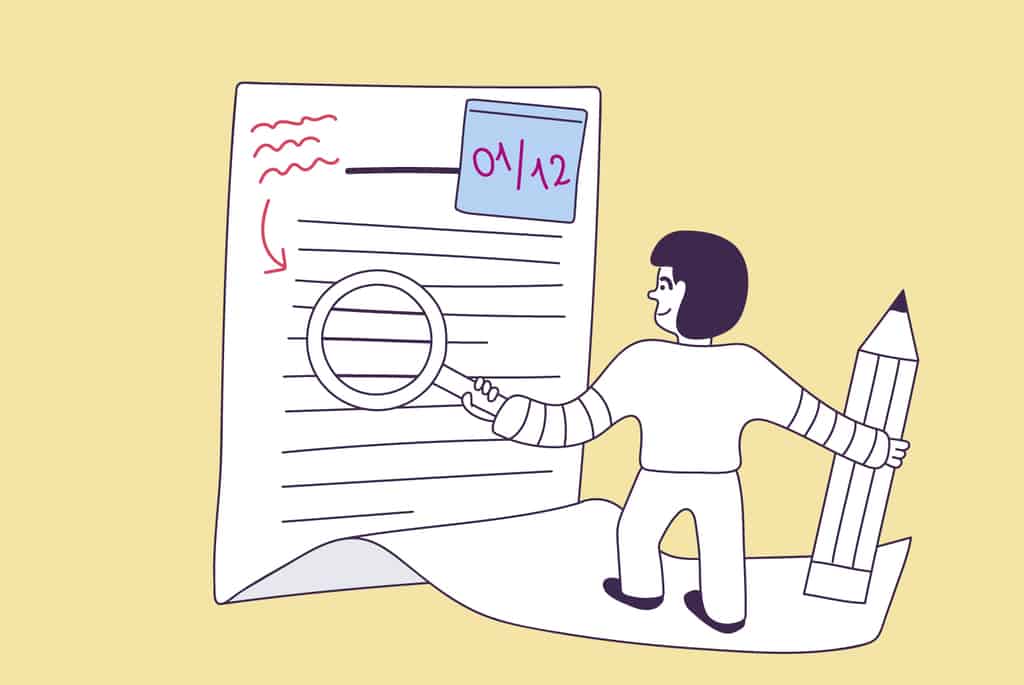
Critical thinking and an eye for consistency in style is also helpful. Also, as the copyeditor’s responsibilities expand, some technical and is design knowledge is becoming increasingly important in publishing relies more heavily on electronic publishing technology.
A Copyeditor’s Education/Career Path
There isn’t one direct path to becoming a copyeditor, but there are a few common routes. Most copyeditors have a bachelor’s degree in either English, journalism, or communications, and copyediting is often taught as a college course in many journalism departments.
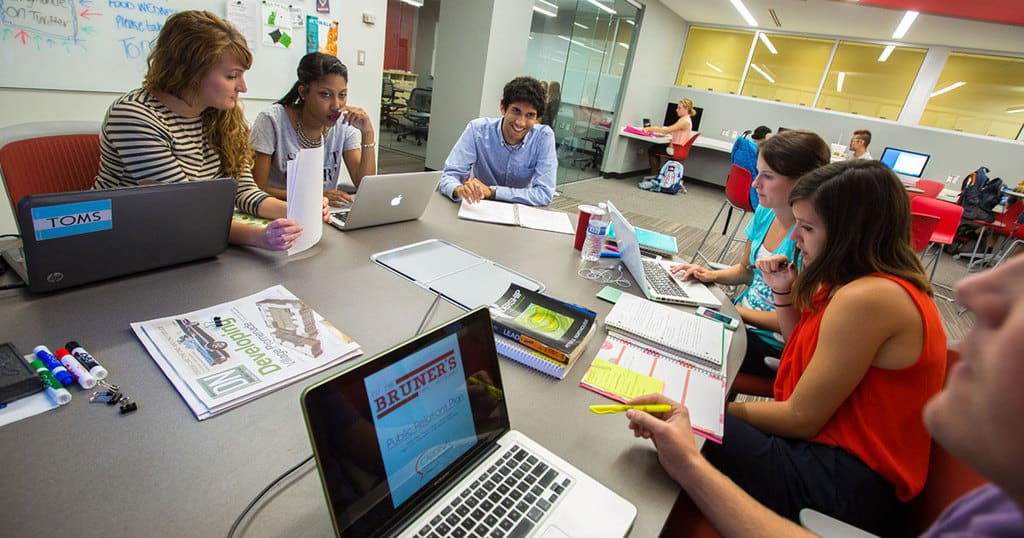
Reporters or writers can be promoted to copyeditors after working for publications for years and proving their skills while others can be hired directly into the position.


